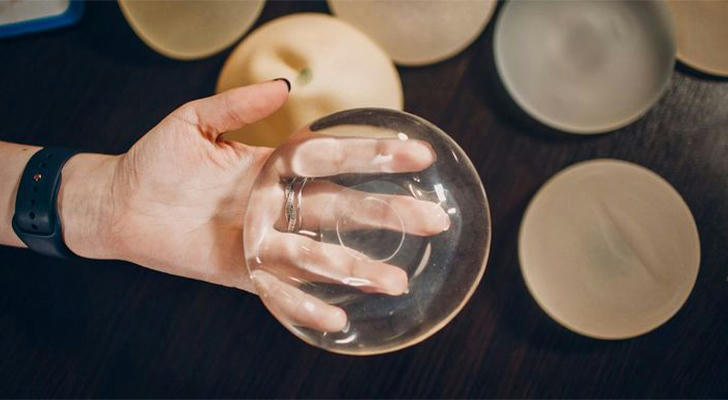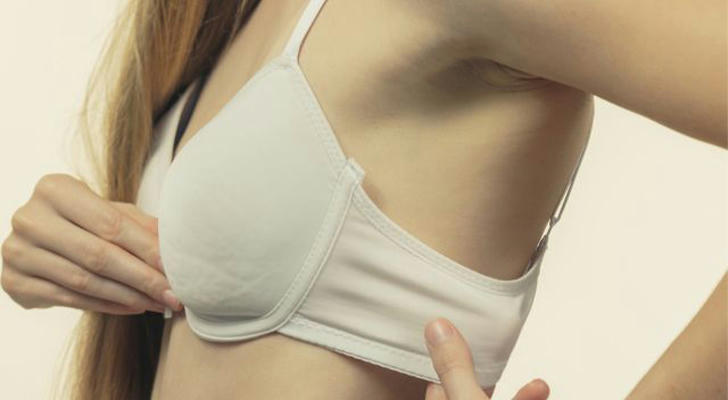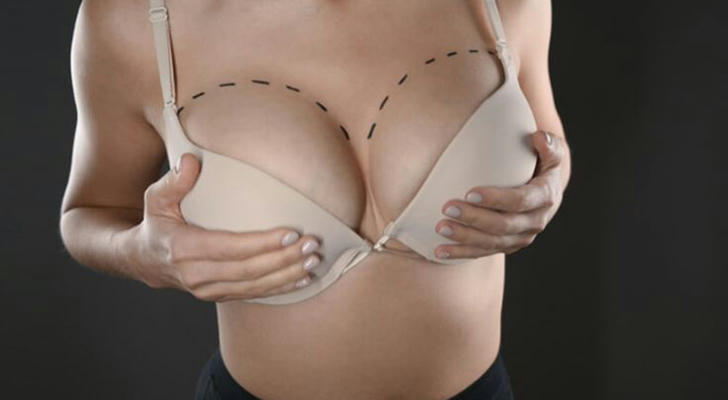Do you know what are the commonly used breast augmentation materials?

Breast augmentation is one of the most popular cosmetic procedures worldwide, providing individuals with the opportunity to enhance their physical appearance and boost self-confidence. This surgical procedure involves the use of implants or other materials to increase the size, shape, or fullness of the breasts. Over the years, advancements in medical technology have led to the development of various materials that are now commonly used in breast augmentation surgeries. Understanding these materials is crucial for anyone considering the procedure, as it helps in making an informed decision that aligns with personal preferences and medical advice.

Case Study: Sarah's Journey to Confidence
Background: Sarah, a 35-year-old marketing professional, had always felt self-conscious about her small breast size. Despite being confident in other aspects of her life, her dissatisfaction with her chest led to a lingering sense of insecurity. After much contemplation and research, Sarah decided to undergo breast augmentation.
The Process: Sarah consulted with a board-certified plastic surgeon who guided her through the different options available. They discussed the pros and cons of various implant materials, focusing on how each would meet Sarah's aesthetic goals and fit her lifestyle. After careful consideration, Sarah chose silicone implants for their natural feel and appearance.
Outcome: The surgery was successful, and after a few weeks of recovery, Sarah was thrilled with the results. Her new breast size not only enhanced her physical appearance but also boosted her self-esteem. The silicone implants gave her the natural look she desired, and she felt more confident both personally and professionally.
Solution: Sarah's experience underscores the importance of understanding the different materials available for breast augmentation. By being well-informed and working closely with her surgeon, she was able to achieve the results she wanted while minimizing the risk of complications.

Common Materials Used in Breast Augmentation
1. Silicone Gel Implants
Silicone gel implants are perhaps the most well-known and widely used material for breast augmentation. These implants consist of a silicone outer shell filled with a cohesive silicone gel. The gel is designed to mimic the feel of natural breast tissue, which is why many patients prefer this option.
Advantages:
Natural Feel: Silicone gel implants are favored for their soft, natural feel that closely resembles real breast tissue.
Shape Retention: These implants maintain their shape well, even if the implant shell is damaged.
Versatility: Available in various sizes and shapes, silicone implants can be customized to achieve the desired look.
Disadvantages:
Regular Monitoring: Although rare, there is a risk of implant rupture. In such cases, the gel may leak into the surrounding tissue, necessitating regular MRI scans to ensure the implants are intact.
Cost: Silicone implants are generally more expensive than saline implants.
2. Saline Implants
Saline implants are another common choice for breast augmentation. These implants are filled with sterile saltwater (saline) and can be inserted empty, then filled once in place, allowing for smaller incisions during surgery.
Advantages:
Adjustable Size: Surgeons can adjust the amount of saline solution in the implant to achieve the desired size during surgery.
Safer in Case of Rupture: If a saline implant ruptures, the body can safely absorb the saline solution, making it less risky than silicone gel in case of leakage.
Lower Cost: Saline implants are typically less expensive than their silicone counterparts.
Disadvantages:
Less Natural Feel: Saline implants are often described as feeling less natural than silicone, with a firmer texture.
Risk of Rippling: These implants have a higher chance of visible rippling or wrinkling, especially in individuals with less natural breast tissue.
3. Structured Saline Implants
Structured saline implants are a relatively newer option that combines the safety of saline with a more natural feel, similar to silicone gel implants. These implants have an inner structure that controls the flow of the saline, giving the implant a more stable and natural shape.
Advantages:
Natural Appearance: They offer a more natural look and feel compared to traditional saline implants.
Safety: Like standard saline implants, the body can absorb the saline solution in case of rupture.
Lower Risk of Rippling: The inner structure helps reduce the risk of visible rippling.
Disadvantages:
Cost: Structured saline implants tend to be more expensive than traditional saline implants.
Limited Availability: Being a newer option, they may not be as widely available as silicone or saline implants.
4. Gummy Bear Implants (Form-Stable Implants)
Gummy bear implants, also known as form-stable implants, are a type of silicone implant that is firmer and maintains its shape even if the outer shell is broken. The consistency of the silicone gel inside is thicker than traditional silicone gel, which is why they are nicknamed "gummy bear" implants.
Advantages:
Shape Stability: These implants hold their shape very well, reducing the risk of implant rotation or changes in shape.
Natural Look: Despite being firmer, they still provide a natural appearance.
Lower Risk of Rupture: The thicker gel reduces the likelihood of leakage if the implant shell is damaged.
Disadvantages:
Less Softness: Some patients may find them to be firmer and less natural-feeling than traditional silicone implants.
More Extensive Incision: Due to their firmness, these implants often require a larger incision for insertion.
5. Fat Transfer
Fat transfer, also known as autologous fat grafting, is an alternative to implants that involves using the patient's fat from another part of the body (such as the thighs or abdomen) to enhance breast size. This method is ideal for those seeking a more natural augmentation without the use of implants.
Advantages:
Natural Results: Since the procedure uses the patient's own fat, the results are very natural in both look and feel.
Dual Benefit: Patients can enjoy body contouring from the fat removal, typically through liposuction, along with breast augmentation.
No Implants Required: This method eliminates the risks associated with implants, such as rupture or capsular contracture.
Disadvantages:
Limited Increase in Size: Fat transfer typically provides a more modest increase in breast size compared to implants.
Absorption of Fat: Some of the transferred fat may be reabsorbed by the body over time, potentially reducing the overall effect.

Conclusion
Breast augmentation offers a variety of materials and techniques to suit individual preferences and medical needs. From the natural feel of silicone gel implants to the innovative approach of fat transfer, each option has its own set of benefits and drawbacks. Consulting with a qualified plastic surgeon is essential to understanding these materials and making an informed decision that aligns with personal goals and lifestyle.
Sarah's story illustrates the importance of being well-informed and working closely with a surgeon to achieve desired outcomes. With the right choice of materials and professional guidance, breast augmentation can be a transformative experience, enhancing both physical appearance and self-confidence.
